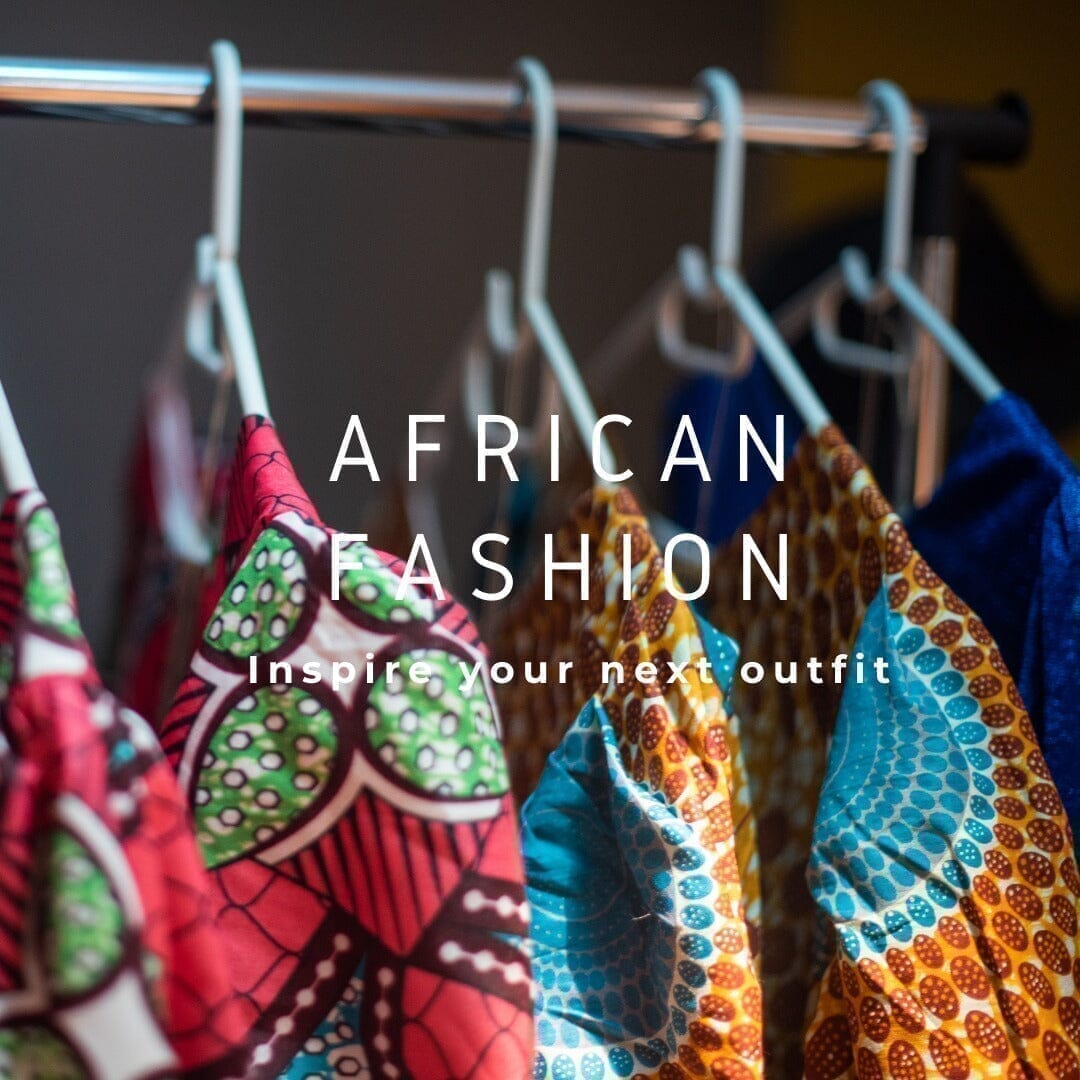
A look on African, and Ghanaian Fashion
Share
African fashion, styles and designers
When African Fashion comes to mind, what sets this authentic style of fashion apart from the rest in a globalised village where everything is everything? Is it the fabric? The artistry? The source of resources and raw materials?
Africa is a large and diverse continent with various types of cultures priding themselves in different traditional fashion. With a long-standing skill in crafts and textile weaving, dyeing, and printing, clothing was worn to communicate age, gender, occupation, ethnicity, power, religious celebration, rituals and other significant life events. African fashion dates back as far as the 18 century and is recorded in numerous texts. Fashion then was influenced by a plethora of factors including trade, environment and migration.

Currently, Africa is a powerhouse in fashion. It sets itself apart from the other players in fashion by combining modern trends with culture and Africa’s rich History. The fashion industry in Africa is tied heavily into the culture. Many trends in different parts of the world can find their roots and inspiration in African Culture.
So what are the significant trends coming out of Africa?
- Big sleeves! It is a bold statement inspired by native African fashion and 80’s clothing.
- Off the shoulder style, be it long dresses or tops, this creative yet versatile design adds more attractiveness and style to any outfit. This fashion trend is for women who want to show off some skin without being too revealing.
-
Side slits are the best way to showcase your gorgeous legs! This stunning feature elongates your profile and makes you appear taller than you are.

Names to watch in African Fashion
Kenneth Ize
Hailing from Nigeria, this is an African designer making huge strides into the global fashion industry. He has carved himself a solid position at the forefront of the aso-oke world.
Christie Brown
Known for her impeccable attention to detail and structured African print outfits, Christie Brown’s collections incorporate every aspect of the contemporary African woman.
Orange Culture
This Company gives an urban twist to modern African outfits, whilst keeping a strong sense of tradition throughout every piece. Orange Culture draws influence from markedly different sources throughout each collection.
Ghana the Fashion Hub of Africa
In Ghana, the fashion and textile industry is growing rapidly. Accra, the Capital of Ghana, is now considered a fashion hub to many. Ghanaians are dedicated followers of fashion. But their clothing is based on more than just vibrant colours and free-flowing frocks, with heritage and culture playing an important role in stylistic choices.
In Ghanaian culture, fashion or clothing is just as important as any other facet of society. The ethnic groups, with their distinct culture across the length and breadth of the country, represents themselves uniquely in the way they dress. The history of textile and clothing in Ghana stretches beyond precolonial times, where yards of fabric were spun from raw materials such as cotton and raffia on traditional wooden looms.
Even today, those traditional looms are still being used to produce fabric like kente and Gonja cloth. Also, trade activities across the subregion allowed other West African clothing trends like the mud cloth from Burkina Faso and wax printing from Niger to influence the styles Ghanaians wore. Nevertheless, kente from the Ashanti, Kete from the Ewe, and Gonja cloth from Northern Ghana are some of the most recognisable and well-known textiles that represent traditional Ghanaian dressing.
All these indigenous traditional textiles are still used in modern-day Ghana and are greatly respected by the people. However, colonialism and Western culture also have an influence on Ghanaian dressing. Most Ghanaian fashion trends today tend to blend traditional styles with Western influences to produce clothing that satisfies the demands of both worlds. In addition, cultural borrowing from other countries like Nigeria, Ivory Coast and Niger have also contributed in shaping Ghanaian fashion trends.
For example, most Ghanaian wedding ceremonies borrow the Gele, Agbada and Ankara designs used traditionally in Yoruba and Igbo wedding ceremonies. The functions of clothing go beyond looking good or protecting the wearer from nature’s elements in Ghanaian society. Various symbolic and thematic undertones are present in their textiles and the designs used, which shows social status or pay respect.
Join us at Bôhten to become a part of the renaissance in African fashion. We’re redefining eyewear by using our culture as a spear head. Join the black renaissance.
